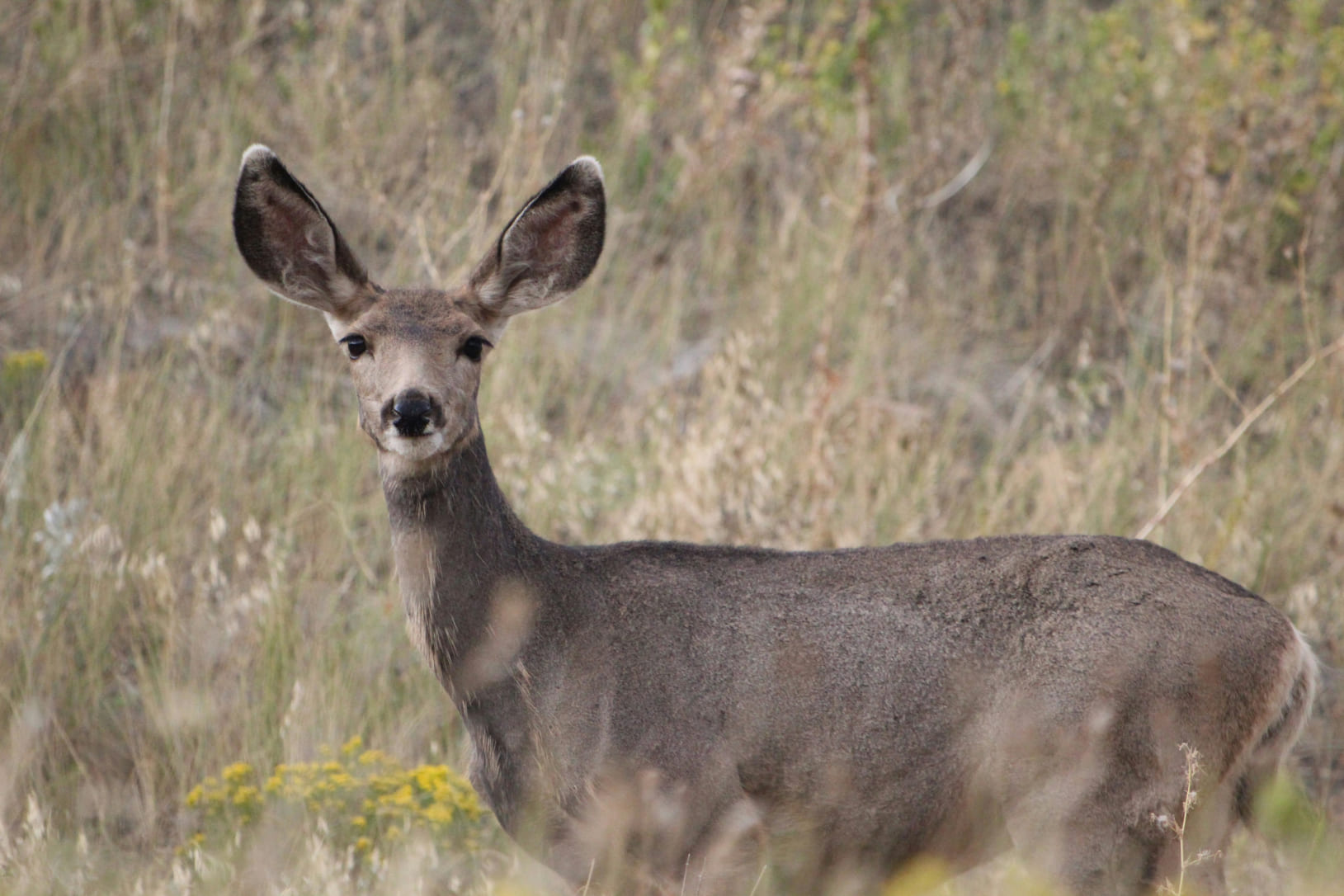

The black-tailed deer (Odocoileus hemionus columbianus), a subspecies of mule deer, is native to the Pacific coastal regions of North America. Known for its distinct black-tipped tail and large ears, it thrives in forests and grasslands. Although not found in the Amazon, its behavior and ecological importance mirror those of the marsh deer and brocket deer in South America.
Black-tailed deer are browsers, feeding on shrubs, grasses, and tree bark. Their foraging habits help shape vegetation patterns, much like their Amazonian counterparts contribute to forest dynamics. These deer are also an essential prey species for predators, ensuring the health of the food chain.
In both North America and the Amazon, deer populations face threats from habitat fragmentation, hunting, and climate change. Conservation efforts that protect natural habitats are vital for their survival, underscoring the need for global cooperation in preserving wildlife.